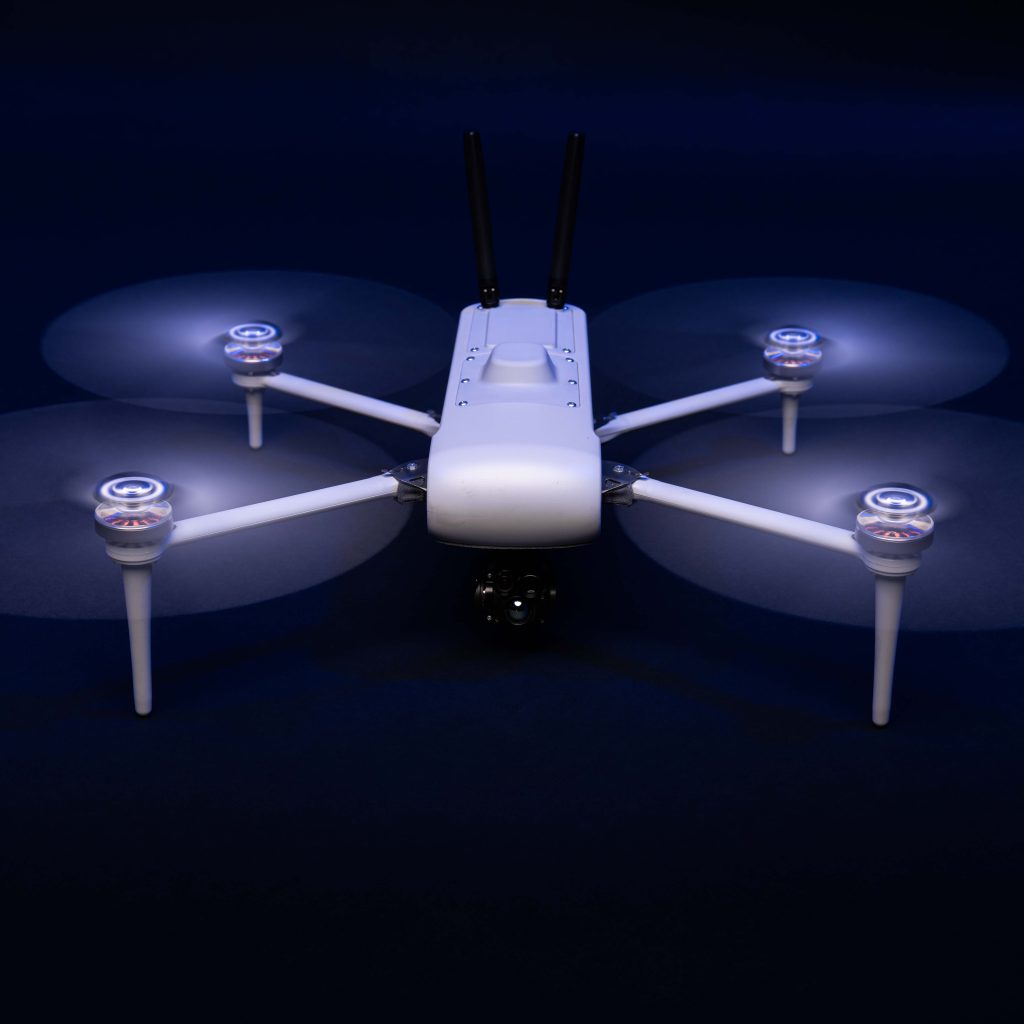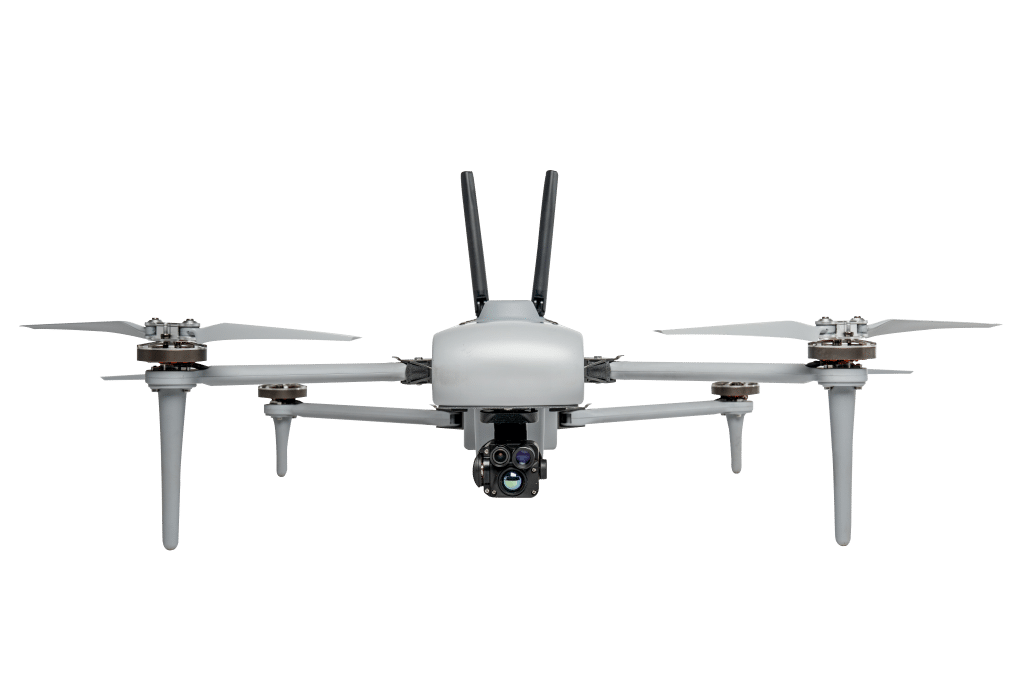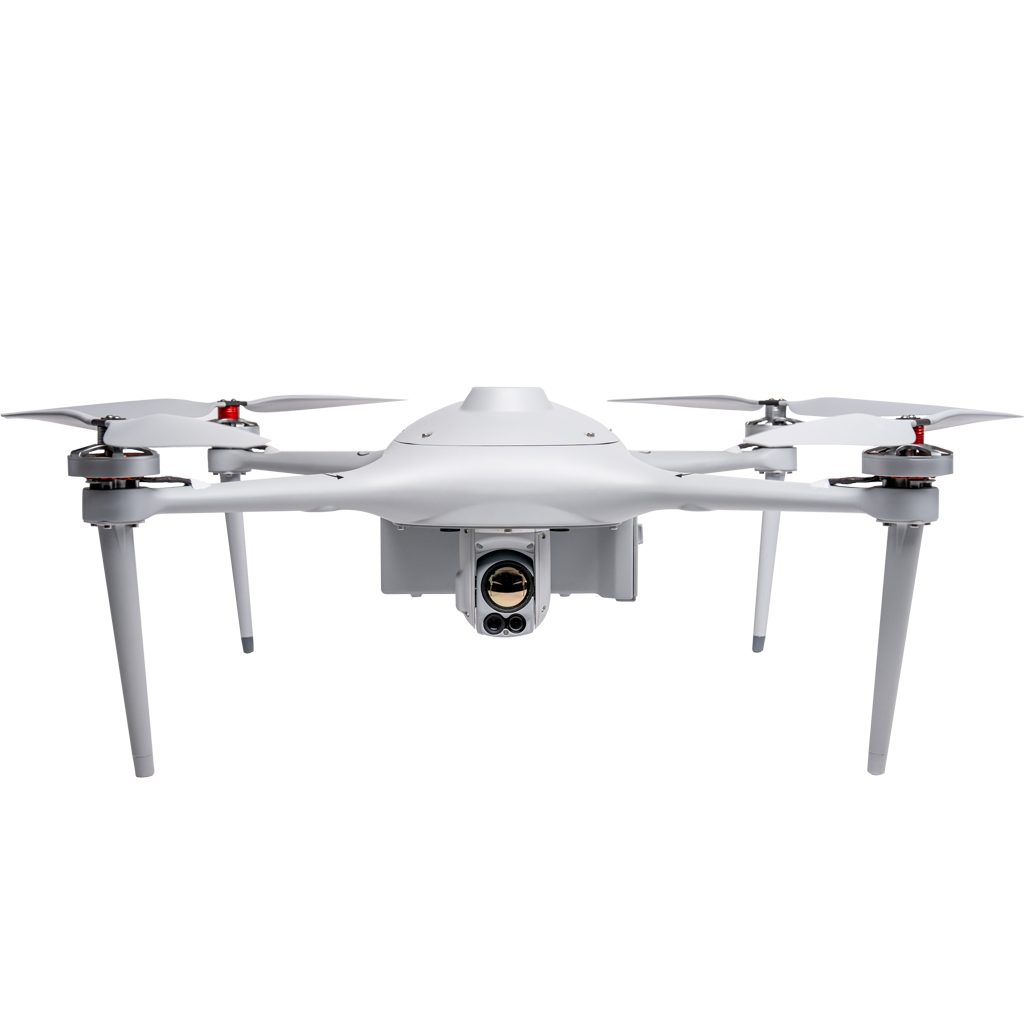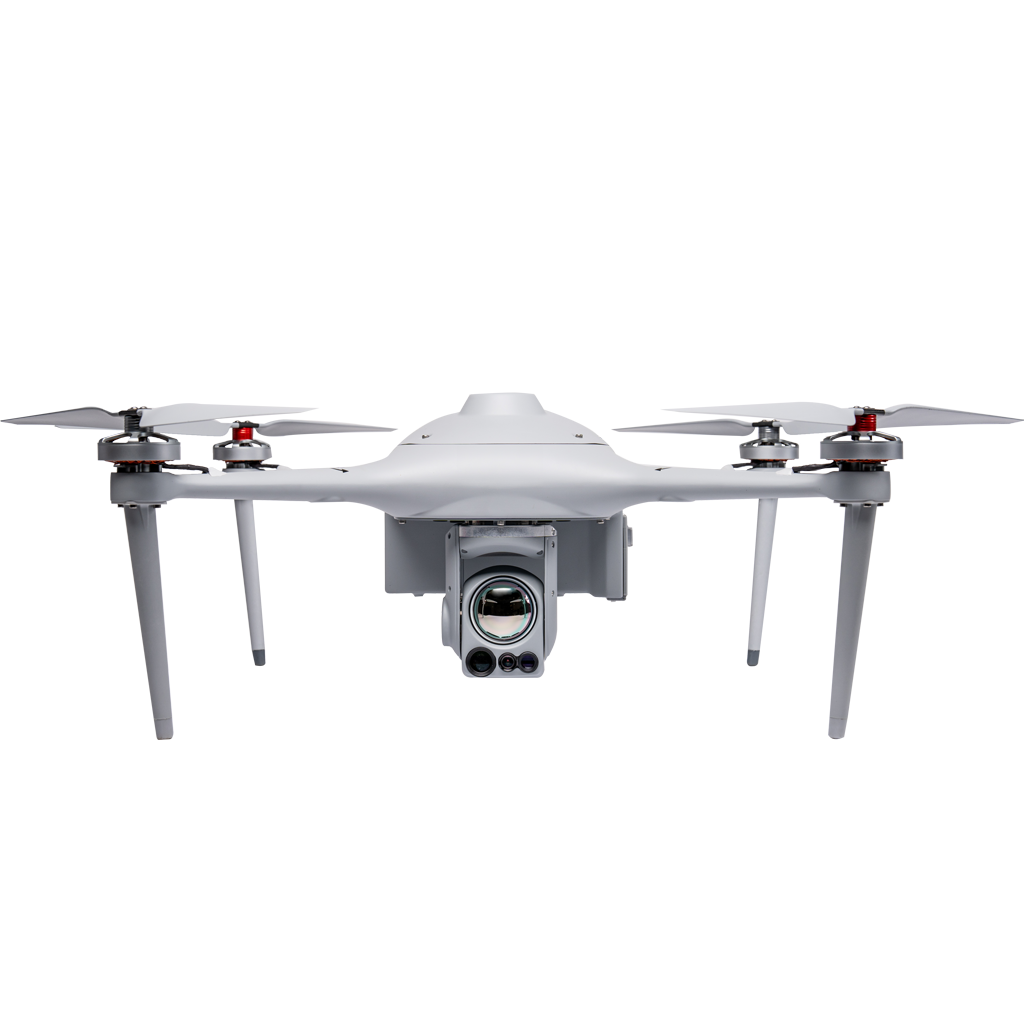Tactical ISR drones
The main advantage of a tactical drone is gathering useful information from an aerial perspective in the most demanding environments. Surveillance, target acquisition, and reconnaissance (ISTAR) are methods of obtaining this information. Obtaining the right information at the right time enhances situational awareness for those who need it the most. Operating the UAS as autonomous drone systems can also increase operational readiness for the boots on the ground.
On this page, we will go over the unique aspects of the Unmanned Aerial Systems (UAS) within our Martlet ISR systems for tactical ISR operations and how these systems contribute to the current war effort. Covertness, endurance, and intelligence will be our main focus to describe the concept of tactical drones through the eye of the Martlet tactical ISR systems.

 1280×720 IR resolution
1280×720 IR resolution 1280×720 EO resolution
1280×720 EO resolution




